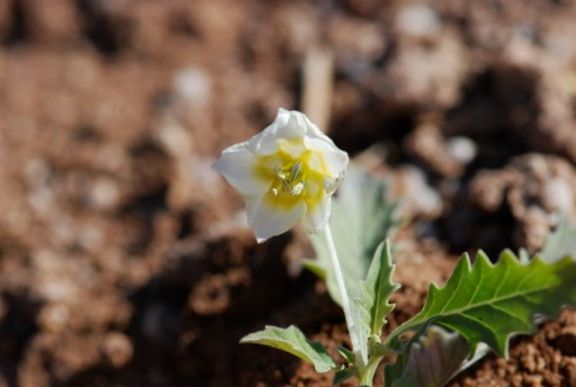As Katherine surmised, our mystery seeds from last week were from a member of the carrot family. In fact they were from wild carrot, also known as Queen Anne’s lace, Daucus carota.
You can see where the flower does look lacy. The petals range from pure white to pinkish purple in color.
In thisreproduction of a painting by the Swedish botanist C. A. M. Lindman, you can see the leaves of the plant a similar to the leaves of cultivated carrots (from a previous seed of the week post). In fact, the cultivated carrot is thought to have been derived from the wild carrot.
I have never seen a Queen Anne’s lace root as robust and as orange as the one depicted here. Generally they are smaller and pale in color. They do have a strong carrot scent.
The flower heads dry and turn brown in the fall, producing the spiky seeds.
Do Queen Anne’s lace grow where you live?










